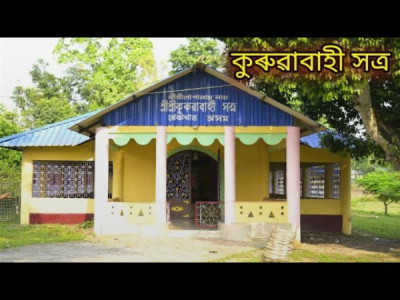Detailed Notes
The Four Raj Satras (Chari-Satras) of Assam
-
Auniati Satra (Majuli, Assam)
-
Established in the 17th century.
-
Famous for its religious authority, cultural manuscripts, antiques, and spiritual practices.
-
Considered the foremost among all Satras.
-
-
Dakhinpat Satra (Majuli, Assam)
-
Founded by Banamalidev, a disciple of Sankardeva.
-
Known for the grand celebration of Ras Leela with dance, music, and devotion.
-
Enjoyed patronage of the Ahom kings.
-
-
Garamur Satra (Majuli, Assam)
-
One of the oldest Satras of Majuli.
-
Recognized for promoting Sattriya dance and drama (Bhaona).
-
Served as a key cultural hub for performing arts.
-
-
Kuruwabahi or Kuruabahi Satra (Majuli, Assam)
-
Established by Sri Sri Vamsigopaladeva around 1600-1625 AD.
-
Became a vital cultural and devotional hub; later reconstructed after destruction.
-
Holds historical significance in maintaining Neo-Vaishnavite traditions in eastern Assam.
-
Historical Importance of the Raj Satras
-
Royal Patronage: These Satras received significant support from Ahom rulers, which elevated their status and influence across Assam.
-
Cultural Centers: Key preservers of devotional arts including Sattriya dance, Bhaona theatre, religious music, and manuscript heritage.
-
Spiritual Leadership: Played a guiding role in spreading Neo-Vaishnavism’s message of devotion, equality, and community life.
-
Tourism and Heritage: Today, they are not only pilgrimage sites but also cultural treasures that attract historians, scholars, and travelers alike.
Conclusion:
The Chari-Satras - Auniati, Dakhinpat, Garmur, and Kuruwabahi - stand as pillars of Assam’s spiritual and cultural legacy. Their historical significance, royal backing, and continued promotion of devotional arts make them foundational institutions in the Vaishnavite tradition of Assam.
